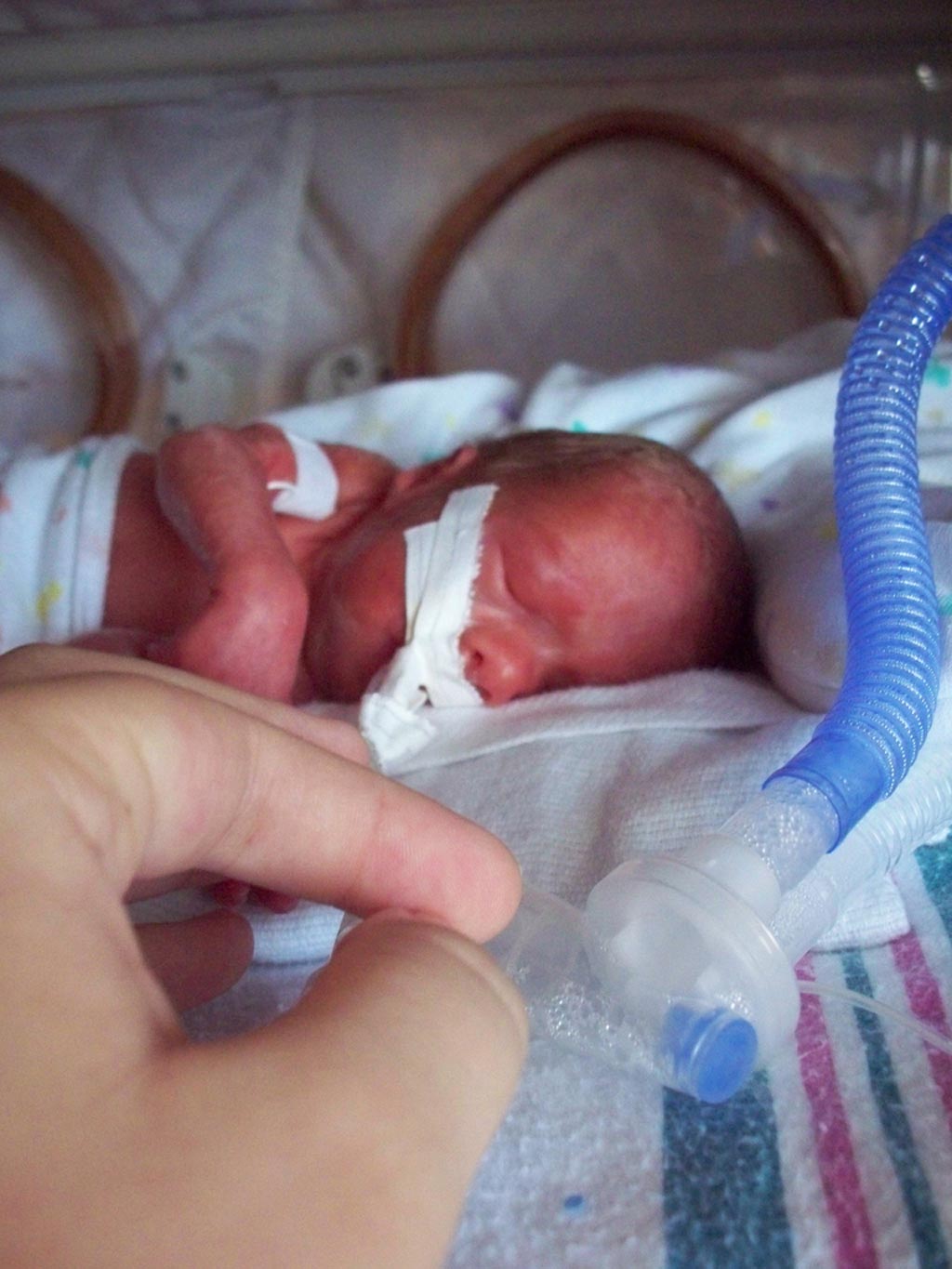Assay Detects CP Risk in Premature Babies
By LabMedica International staff writers
Posted on 11 Jun 2018
MicroRNA sequencing has been used for early diagnosis of premature babies with abnormal muscle tone and/or intraventricular hemorrhage (IVH) - symptoms that are considered to be indicators for risk of cerebral palsy.Posted on 11 Jun 2018
MicroRNAs (miRNAs) and short interfering RNAs (siRNA) comprise a class of about 20 nucleotides-long RNA fragments that block gene expression by attaching to molecules of messenger RNA in a fashion that prevents them from transmitting the protein synthesizing instructions they had received from the DNA. MiRNAs resemble siRNAs of the RNA interference (RNAi) pathway, except miRNAs derive from regions of RNA transcripts that fold back on themselves to form short hairpins, whereas siRNAs derive from longer regions of double-stranded RNA. With their capacity to fine-tune protein expression via sequence-specific interactions, miRNAs help regulate cell maintenance and differentiation.

Image: An intubated baby that was born prematurely 26 weeks, six days gestation, weighing 990 grams. Photograph was taken approximately 24 hours after birth (Photo courtesy of Wikimedia Commons).
Cerebral palsy (CP), resulting from perinatal brain injury, cannot be diagnosed until the infant is from18-24 months old. Therefore, biomarkers to predict CP at an earlier stage and assess response to investigational therapies are needed.
In this regard, investigators at Children’s Hospital of Chicago (IL, USA) and Northwestern University (Chicago, IL, USA) predicted that miRNAs expressed in neonates with the CP risk factors of abnormal tone and/or IVH would differ from those without risk factors.
To test this theory they mapped the miRNA profiles of 31 premature babies (<32 weeks gestation and <1500 grams in weight) using the quantitative real time polymerase chain reaction (qRTPCR) technique. The results were evaluated in the context of IVH and abnormal tone.
Results revealed that plasma miR profiles in neonates at risk for CP differed when compared to those with and without IVH, and with and without abnormal tone. More modified microRNAs were found in the abnormal tone group than in the IVH group.
“These findings are striking and suggest that specific microRNAs have a role in the abnormal muscle tone development, while microRNAs may be less involved in the development of IVH,” said senior author Dr. Maria Dizon, assistant professor of pediatrics at Northwestern University and a neonatologist at Children’s Hospital of Chicago. “The next step will be to validate in larger studies that our top 10 microRNAs from the abnormal tone group can reliably predict abnormal tone and cerebral palsy. We would then have conclusive evidence that these microRNAs can serve as early biomarkers for cerebral palsy in preemies.”
“If our promising results are confirmed in larger, multicenter studies, screening preemies for microRNA biomarkers shortly after birth could allow intervention before cerebral palsy manifests, which is typically at 18 months to two years of age,” said Dr. Dizon. “With earlier diagnosis and therapy, the chances of achieving better motor function are much greater since the central nervous system is most plastic in infants.”
The miRNA test for CP risk was described in the May 31, 2018, online edition of the journal Physical Medicine and Rehabilitation – International.
Related Links:
Children’s Hospital of Chicago
Northwestern University










 (3) (1).png)



